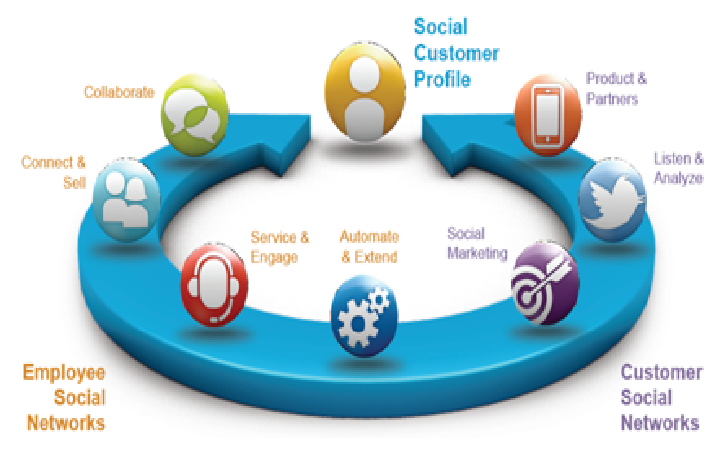Salesforce Embraces The Social Customer — Deploying This Business Model Will Be Harder Than Deploying The Software
The statistics that salesforce.com broadcast at Dreamforce last week are impressive: a $2.2 billion annual run rate; 104,000 customers; and 35 billion transactions per quarter (see Benioff's keynote slides here). The conference was attended by 40,000 users, with a further 35,000 joining online. Salesforce.com’s cloud messaging is mature and no longer a focal point. However, what was most interesting from a customer service/CRM standpoint was the focus on the “social customer” and the way that CRM applications need to adapt to accommodate them.
Traditionally, CRM software has been anything but focused on the customer. It has been positioned as software aimed at the business user to increase their productivity and efficiency as they interact with customers, clients, and sales prospects.
Salesforce.com’s new CRM messaging spotlights the customer and the way that customers interact today using the new social channels and loose social processes to research and select products to purchase and get answers to their questions. Customers are also company employees and want to use these channels to collaborate with other employees at work in the same way they use these channels in their personal lives. This means that these social channels and processes need to also extend inside the enterprise. Check out salesforce.com’s interaction map for the social customer:
Of course, each of these actions that involve the customer map to a product in the salesforce.com portfolio (e.g., collaborate = chatter, connect and sell = sales cloud, service and engage = service cloud, and listen and analyze = Radian6). The collection of actions that support employee and customer social networks do a good job presenting a unified value proposition for salesforce.com apps. The reality is that few customers implement them in such a cohesive manner.
Software is always the easy part. The challenge for salesforce.com customers will be to figure out how to effectively extend traditional business processes with social workflows and organize internally around the concept of a social customer. Some questions that organizations moving to this model need to ask about their customer service operations are:
- Do we have feedback loops in place to act on the the volume of data gathered by listening to customer conversations?
- How do call centers need to transform to support the volume of service interactions over channels like Facebook and Twitter? What are company best practices for supporting customer service over these channels?
- How do you measure and track the success of social interactions?
- How do you use social customer profiles in a way that adds to the value of the interaction?
- Is Chatter the right model to support enterprise customers? Can users filter feeds to get valuable information without losing out on conversations?
There are many more questions to ask, and we will learn a lot from success stories that embrace the social customer.

